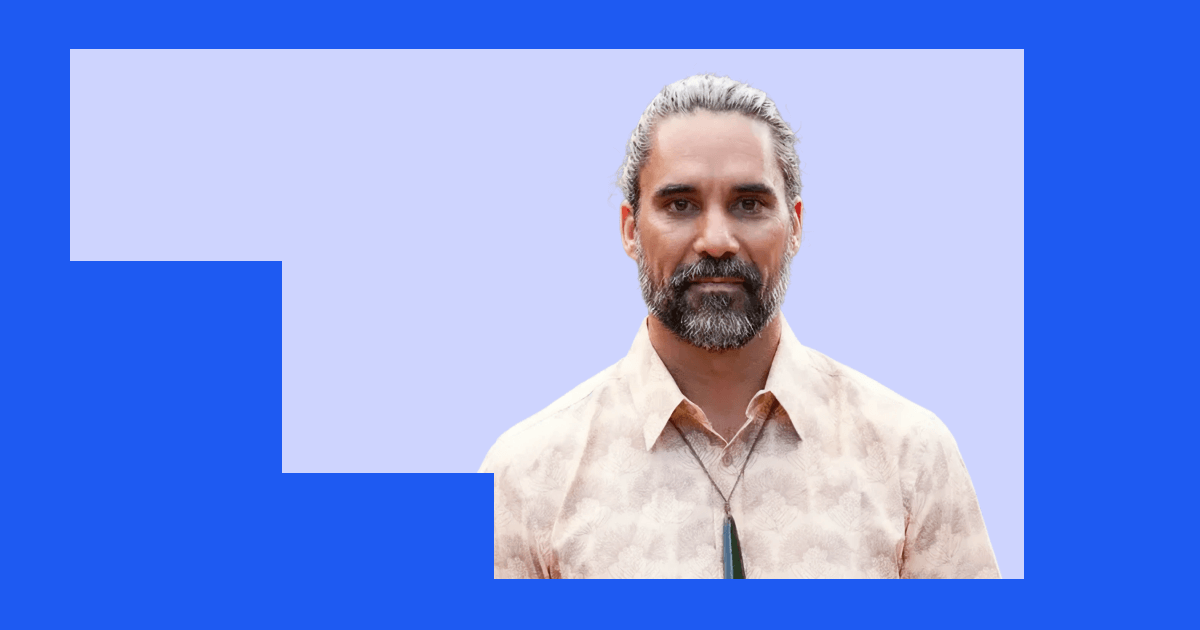La evolución de los vehículos eléctricos — Explorando el pasado, presente y futuro de los vehículos eléctricos


EVs aren't just cars — they're part of a larger ecosystem with sustainability at its core. With advancements in over-the-air updates, 3D visualization, and innovative uses of digital assets, the automotive industry is evolving like never before, and the possibilities seem limitless. The future of EVs extends far beyond vehicles, though, and this conversation is your ticket to understanding how it all comes together.
This week on Catalyst, Clinton is joined by EV early adopter and Practice Lead for the Future of Mobility at Vectorform (part of Launch by NTT DATA), Clemens Conrad, to break down the history and discuss the future of EVs. Check out the highlights below, then cruise on over to the full episode to learn more about the forward-thinking landscape of EVs.
Early days: smartphones with seamless integration
Smartphones have become a natural extension for controlling various aspects of our lives, and the automotive industry is no different. At Chrysler, early iPhones were used as digital key fobs to control car functions, which laid the foundation for future innovations in the automotive industry.
The popularization of EVs
Companies like Tesla played a significant role in popularizing EVs. Their approach to continuous software updates and leveraging 3D engines to process data from sensors like LiDAR and radar set a standard for the industry.
Over-the-air updates
The ability to deliver over-the-air software updates to vehicles was a major success factor. Again, we have Tesla to credit here, as they used this novel concept to significantly enhance the user experience.
Tesla's ambition and vision
From its early days, Tesla’s ultimate goal was to transition to sustainable transportation. While the car was a key part of their ecosystem, their overall focus was on sustainability and leaving the planet in a better condition.
Software-driven transformation
The automotive industry can thank software innovations for a large part of its transformation. Things like real-time engines and 3D visualization allowed automakers to rethink car design, consumer interaction, and even how they could monetize assets.
Disruption from unexpected sources
Innovation can come from anywhere. Companies like Epic Games brought their Unreal Engine from gaming into the automotive sector, working on future human-machine interfaces and boosting graphics and interactivity on auto screens.
As always, don’t forget to subscribe to Catalyst wherever you get your podcasts! We drop a new episode every Tuesday, and each one is jam-packed with catalysts for digital experiences that move millions.





